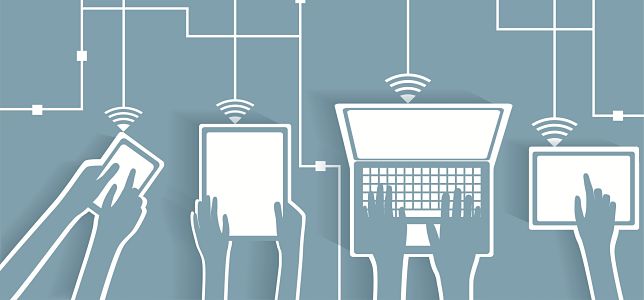Fayette County Schools in Georgia will provide its economically disadvantaged students with free wireless Internet service at home in an effort to close the district's digital divide.

As funding is phased out for some technologies and increased for others, here’s how you can get more of what you need.
Students have better wireless access to the Internet at home than at school, according to a new report.
Washington state’s Highline Public schools has become the first district to deploy a new service that provides students with mobile broadband access for school work using their Chromebook devices.
With field tests underway, will CCSS reach the same tipping point that the Affordable Care Act has?
Evan Marwell shares his opinions on how the recent E-rate vote will affect broadband subsidies in American schools — and tells how educators can continue to push the FCC to raise the E-rate funding cap.
In response to pushback from educators and private organizations, the FCC added a "safety valve" feature to its reforms, guaranteeing that poor and rural schools relying on external broadband do not lose out.
A petition filed by ISTE and signed by more than 1,500 educators emphasizes the importance of broadband and digital learning in the classroom and points to shortcomings in FCC Chairman Tom Wheeler’s latest E-Rate proposal.
In response to the FCC's request for suggestions about modernizing the E-Rate program, National School Boards Association (NSBA) Executive Director Thomas J. Gentzel has offered a series of recommendations.
With apologies to Jonathan Swift, I approve the telecom giant's acquisition of Time Warner Cable — with one big condition.